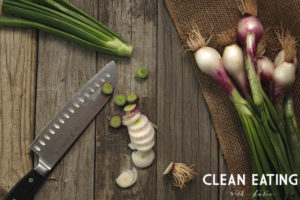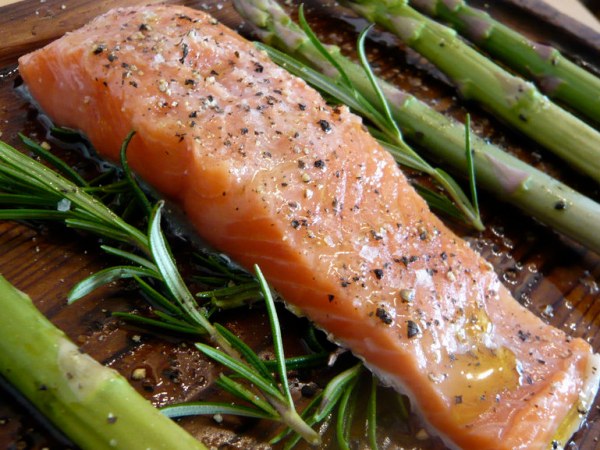Carrots are generally quite the crowd pleaser for kids and adults alike. Although I can imagine that it could be tricky to get kids to eat rainbow carrots. I have always liked carrots raw but only recently in the last few years have I really learned to love roasted carrots too. Jennifer Tyler Lee also recommends roasted carrots, but she also recommends a fresh carrot salad which also sounds delicious!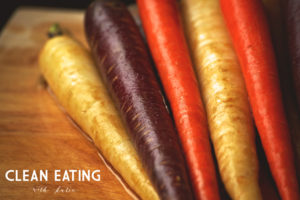
Food Facts:
- The ancestors of our modern carrots came from Afghanistan and were purple.
- During the cultivation of carrots, two mutant varieties began appearing – white and yellow.
- Orange carrots were not seen until 400 years ago when breeders crossed a red and yellow carrots.
- Purple carrots contain nearly TWENTY times the amount of phytonutrients as orange carrots.
- Baby carrots should be avoided whenever possible. They are not actually “baby carrots”, rather they are carrots that have been whittled down. The outer layers that have been peeled off contain the most nutrition
- Carrots are sweetest and freshest when the green tops are still attached.
- However, if you do not plan on using the carrots within a day or two of purchase, remove the tops, as the carrots will remain firm and fresh longer. They will also retain their moisture longer.
- Frozen carrots are not as nutritious as fresh carrots.
- Carrots are more nutritious when cooked!!
- Sautéing or steaming carrots retains more nutrients than boiling carrots.
- Whole cooked carrots contain more cancer-fighting compounds called falcarinol than carrots that have been cut before cooking.
- Eat carrots with some fat! Carrots are rich in beta-carotene, which is a fat-soluble vitamin.
- Carrots have a low respiration rate.
- The anthocyanins in purple carrots have been shown to support a healthy liver in rodent studies.
- Good source of fiber.
- Good source of vitamins K, C, and B6, potassium, thiamine, and biotin.
Sources:
The 52 New Foods Challenge by Jennifer Tyler Lee, Encyclopedia of Healing Foods
by Michael Murray, Joseph Pizzorno, and Lara Pizzorno, and Eating on the Wild Side
by Jo Robinson.
Photo Credit:
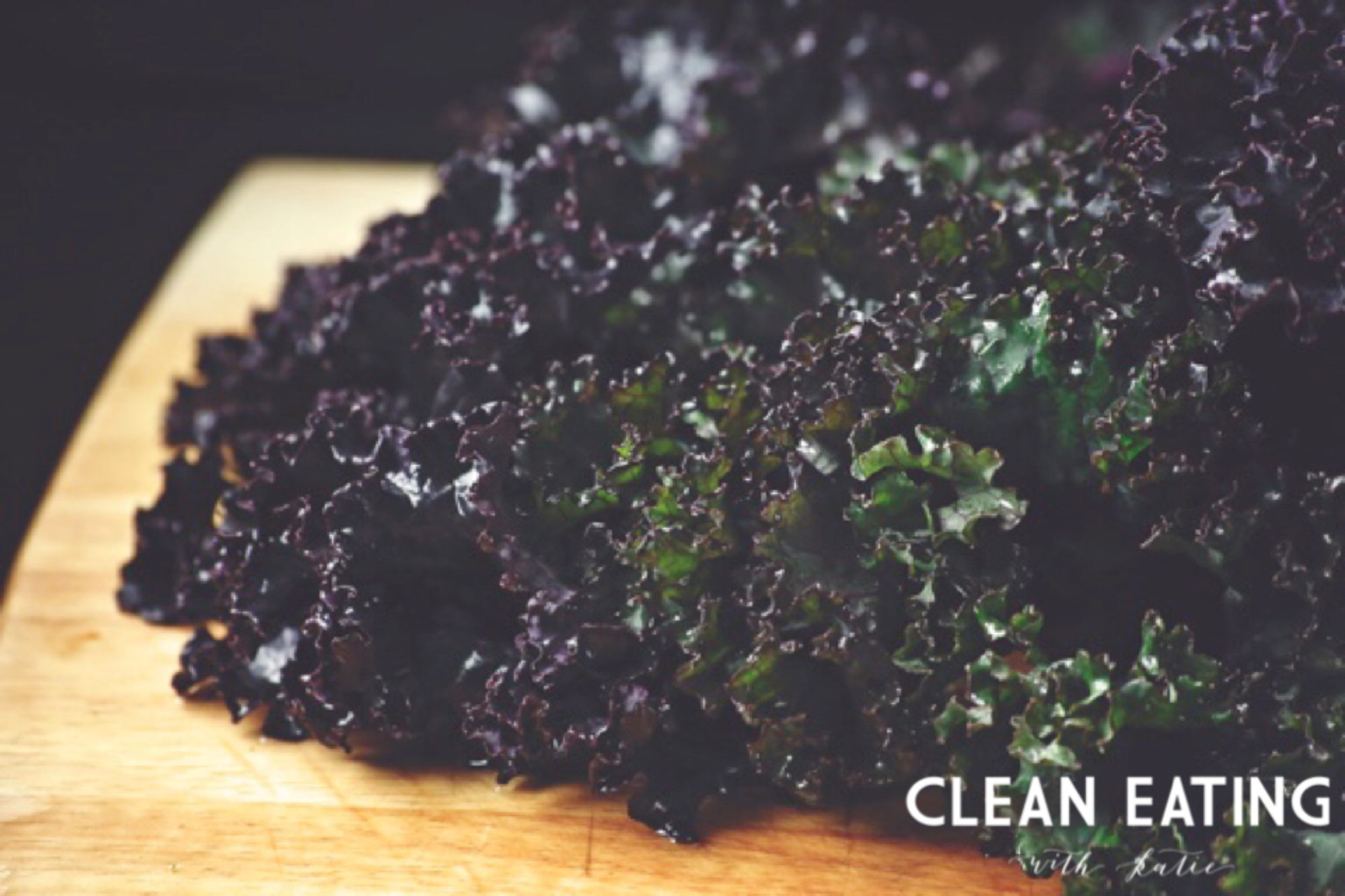
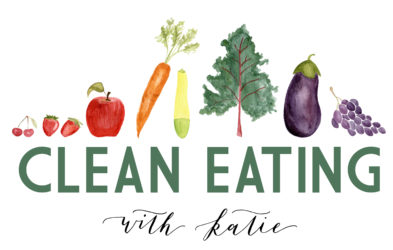
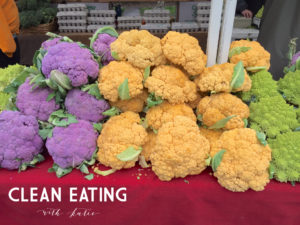
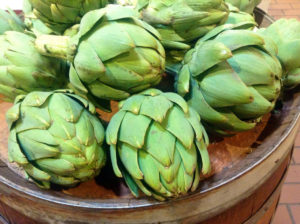 The Globe/French artichoke is the most nutrient dense variety.
The Globe/French artichoke is the most nutrient dense variety.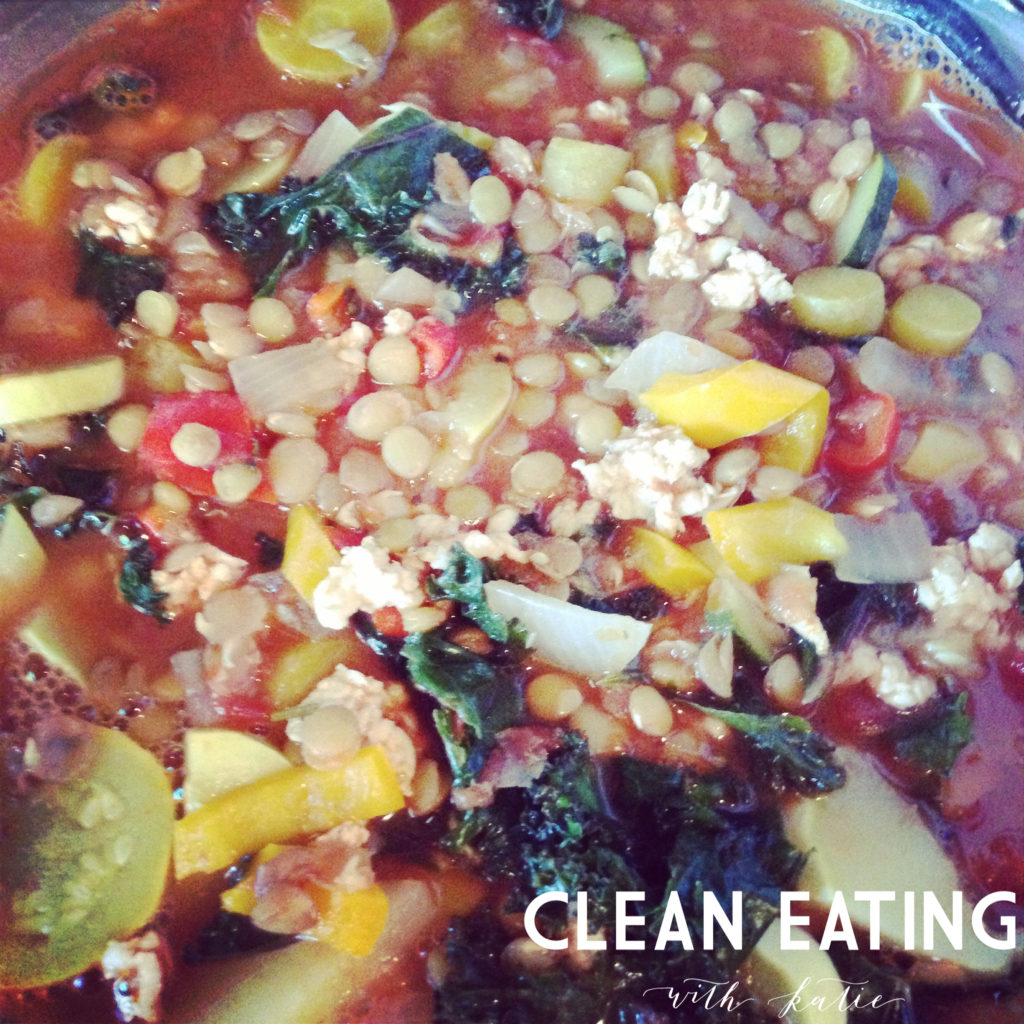
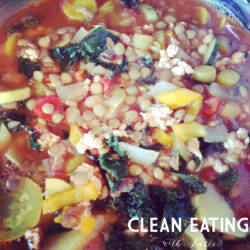
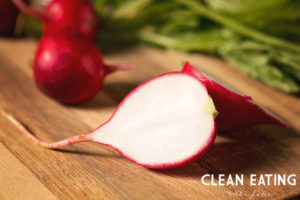 Radish greens are edible and have significantly more vitamin C than the roots and more calcium as well.
Radish greens are edible and have significantly more vitamin C than the roots and more calcium as well.